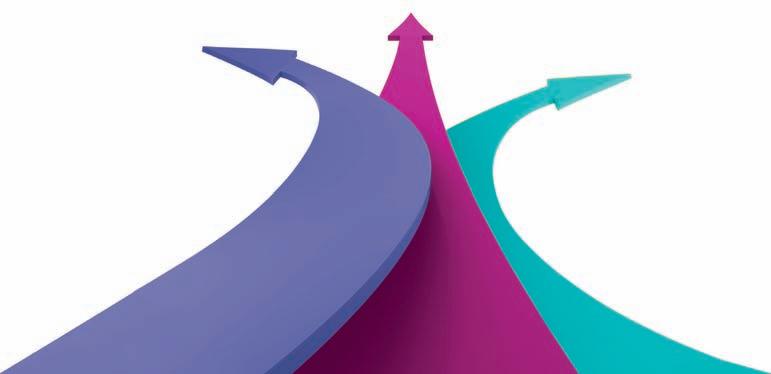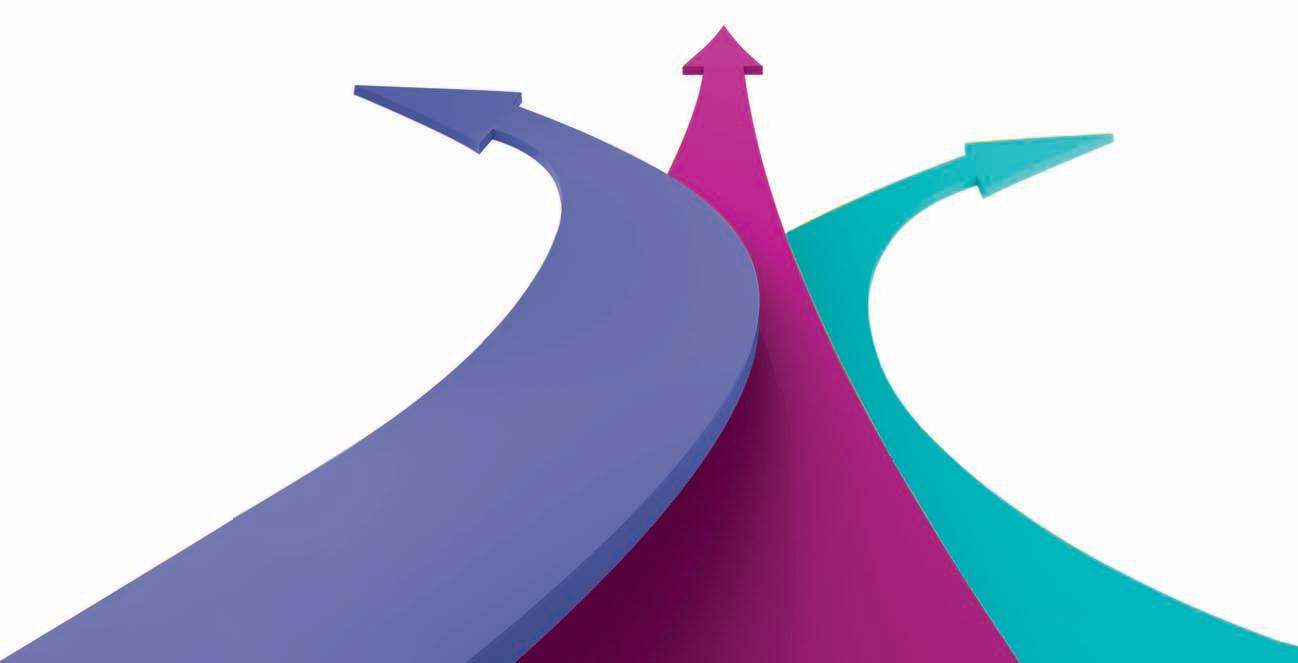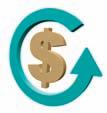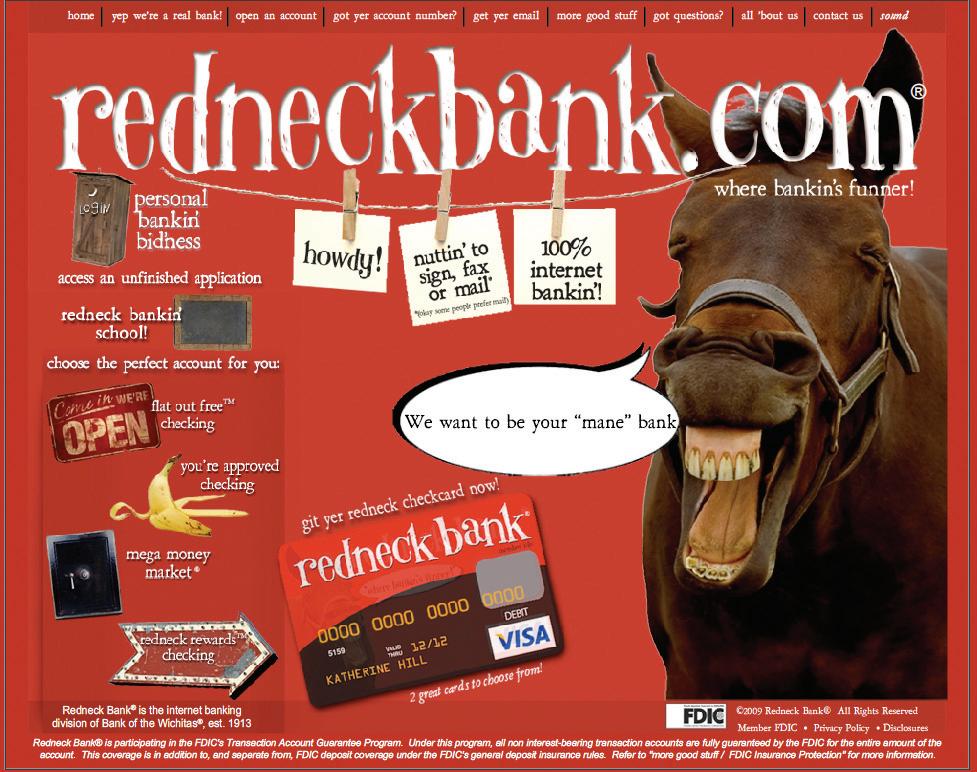Consumer Behavior: Buying, Having, and Being (11th Edition ) 11th Edition
Visit to download the full and correct content document: https://ebookmass.com/product/consumer-behavior-buying-having-and-being-11th-ed ition-11th-edition/
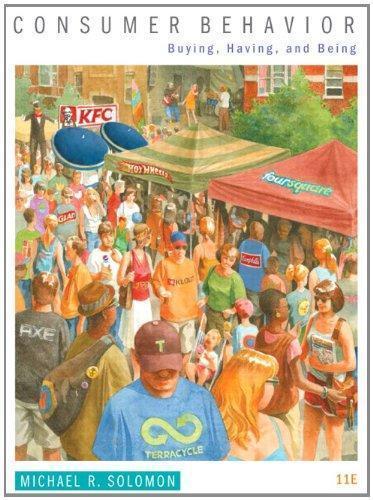
More products digital (pdf, epub, mobi) instant download maybe you interests ...
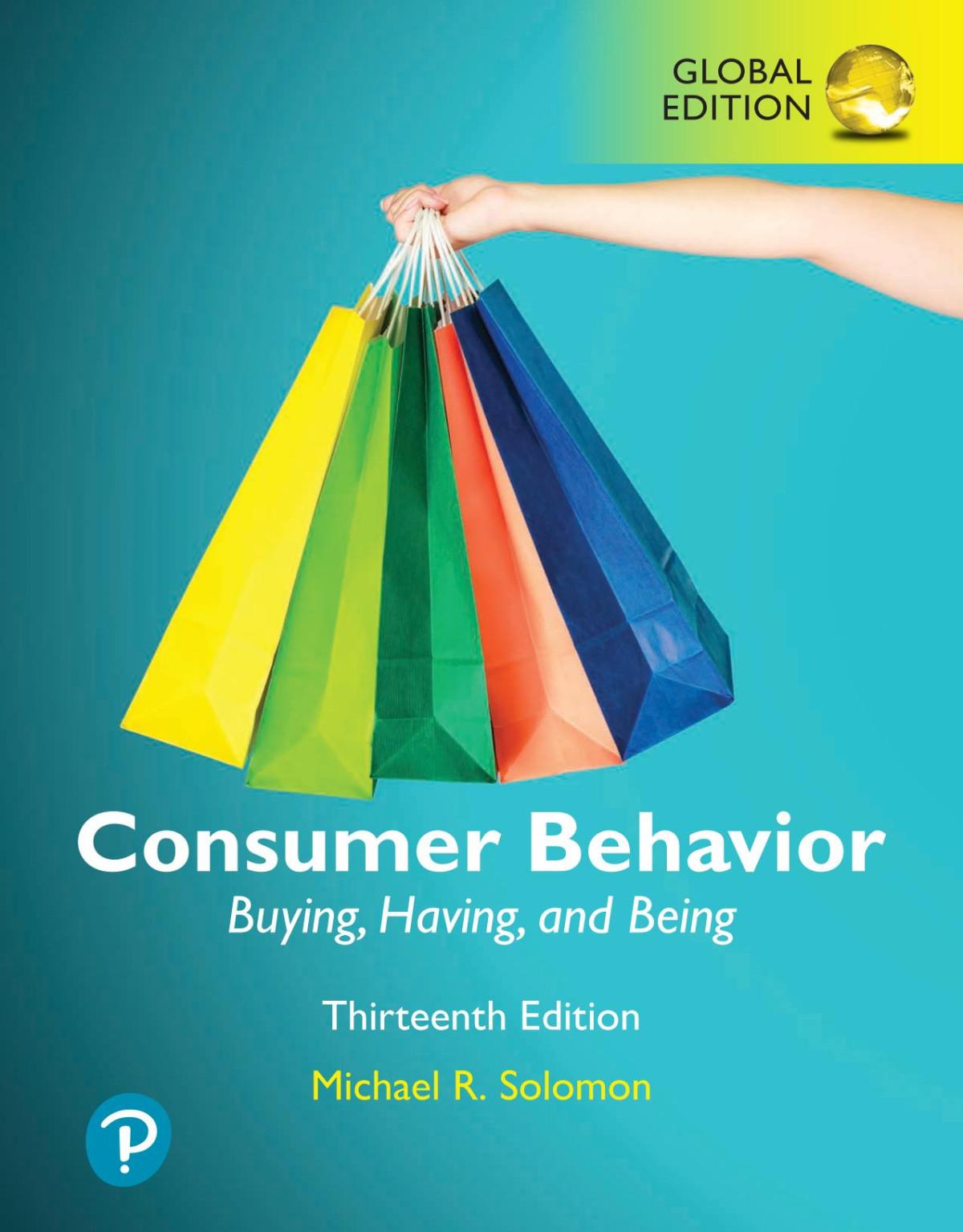
Consumer Behavior: Buying, Having, and Being, 13e 13th Edition Michael R. Solomon
https://ebookmass.com/product/consumer-behavior-buying-havingand-being-13e-13th-edition-michael-r-solomon/
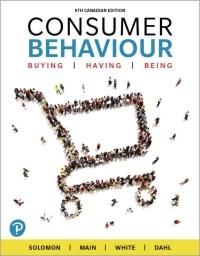
(eBook PDF) Consumer Behaviour Buying, Having, Being 8th Canadian Edition
https://ebookmass.com/product/ebook-pdf-consumer-behaviourbuying-having-being-8th-canadian-edition/
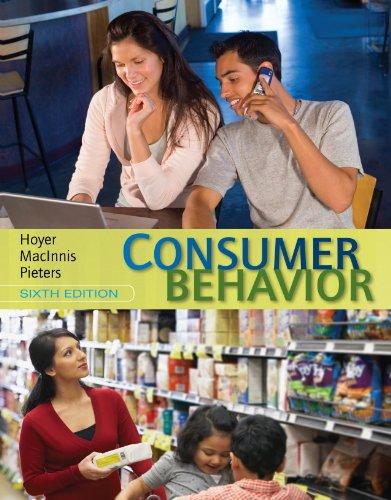
Consumer Behavior 6th Edition, (Ebook PDF)
https://ebookmass.com/product/consumer-behavior-6th-editionebook-pdf/
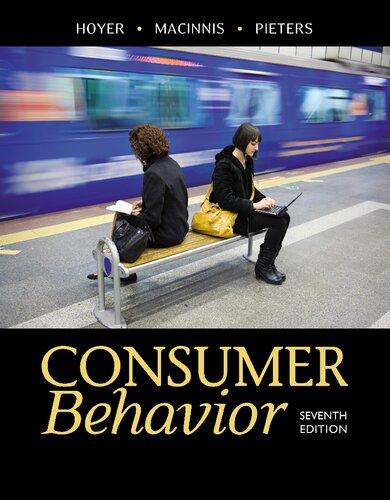
Consumer Behavior 7th Edition Wayne D. Hoyer
https://ebookmass.com/product/consumer-behavior-7th-editionwayne-d-hoyer/
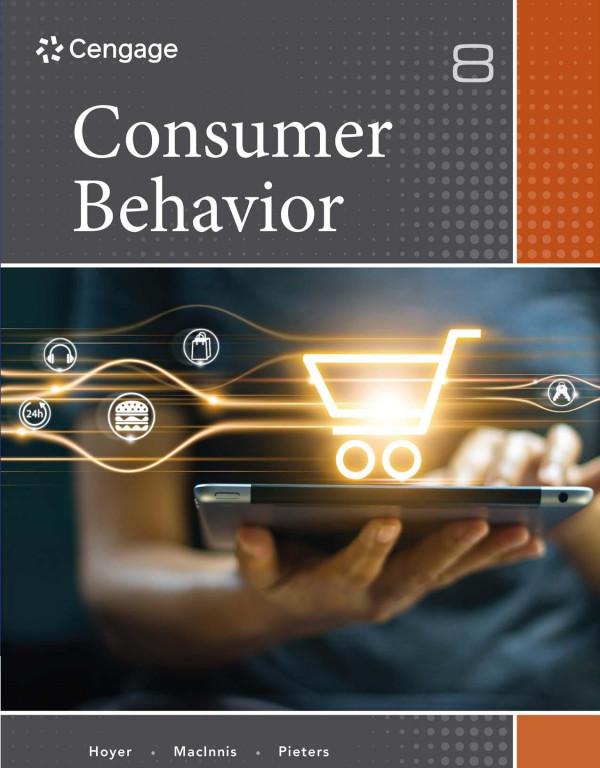
Consumer Behavior, 8e 8th Edition Wayne D. Hoyer
https://ebookmass.com/product/consumer-behavior-8e-8th-editionwayne-d-hoyer/
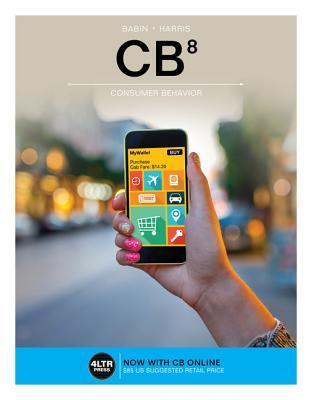
CB 8: Consumer Behavior 8th Edition Barry J. Babin
https://ebookmass.com/product/cb-8-consumer-behavior-8th-editionbarry-j-babin/
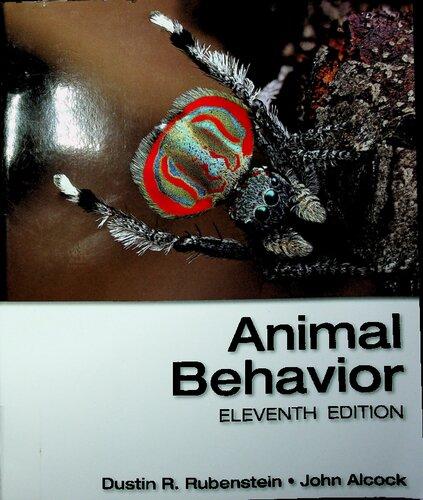
Animal Behavior 11th Edition John Alcock
https://ebookmass.com/product/animal-behavior-11th-edition-johnalcock/
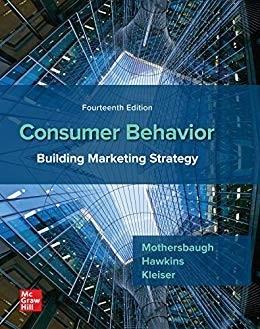
(eTextbook PDF) for Consumer Behavior: Building Marketing Strategy 14th Edition
https://ebookmass.com/product/etextbook-pdf-for-consumerbehavior-building-marketing-strategy-14th-edition/

Criminal Behavior: A Psychological Approach (11th Edition)
https://ebookmass.com/product/criminal-behavior-a-psychologicalapproach-11th-edition/
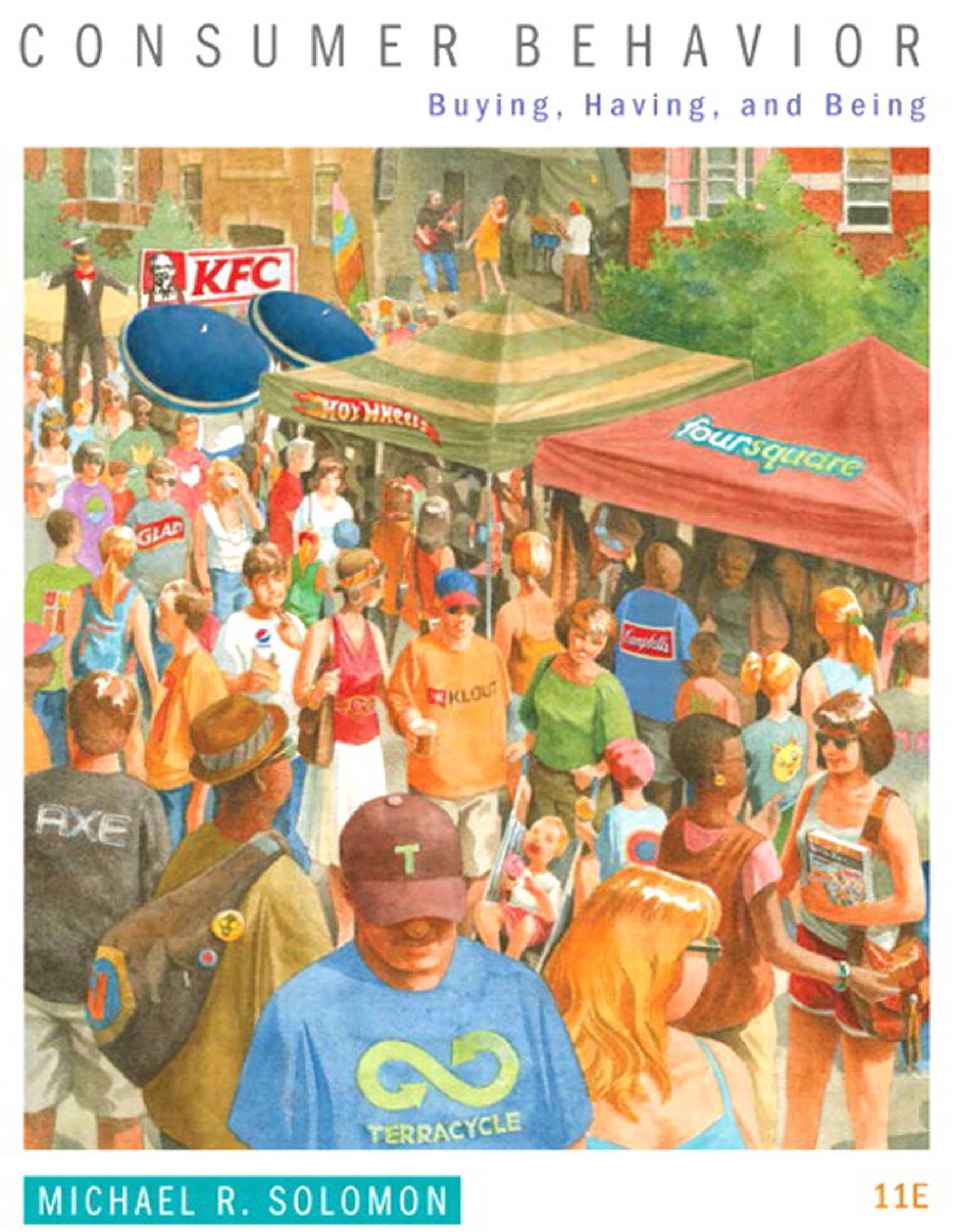
About the Author xi
New to this Edition! xiii
Preface xv
Acknowledgments xxi
Section 1
●
Foundations of Consumer Behavior 3
Chapter 1 ● Buying, Having, and
Being:
An Introduction to Consumer Behavior 4
Consumer Behavior: People in the Marketplace 5
What Is Consumer Behavior? 6
Consumer Behavior Is a Process 7
Consumers’ Impact on Marketing Strategy 8
Consumers Are Different! How We Divide Them Up 8
Segmenting by Behavior: Welcome to Big Data 11
Marketing’s Impact on Consumers 13
Popular Culture Is Marketing Is Popular Culture . . . 14
All the World’s a Stage 15
What Does It Mean to Consume? 16
What Do We Need—Really? 19
How We Classify Consumer Needs 20
The Global “Always On” Consumer 23
The Digital Native: Living a Social [Media] Life 23
Consumer Behavior as a Field of Study 26
Where Do We Find Consumer Researchers? 26
Interdisciplinary Influences on the Study of Consumer Behavior 26
Two Perspectives on Consumer Research 29
Should Consumer Research Have an Academic or an Applied Focus? 30
Taking It from Here: The Plan of the Book 30 Chapter Summary 31
Chapter 2 ● Decision Making and Consumer Behavior 36
What’s Your Problem? 37
Consumer Involvement 39
Types of Involvement 41
Cognitive Decision Making 47 Steps in the Cognitive Decision-Making Process 47
Habitual Decision Making 58
Priming and Nudging 59
Decision-Making Biases and Shortcuts 59
Heuristics: Mental Shortcuts 62
Affective Decision Making 63
Emotions and Consumption 64
Positive Affect 66
Negative Affect 66 How Social Media Tap into Our Emotions 67
Chapter Summary 68 Key Terms 69 Review 70
Consumer Behavior Challenge 70 Case Study 72 Notes 73
Chapter 3
●
Cultural Influences on Consumer Decision Making 78
Cultural Systems 80
Cultural Values 80 Core Values 81
How Do Values Link to Consumer Behavior? 83
The Yin and Yang of Marketing and Culture 85
Cultural Movement 86
High and Low Culture 90
Cultural Formulae 91
Reality Engineering 93
Product Placement 95
Advergaming 96
Cultural Stories and Ceremonies 97
Myths 98
Rituals 102
Sacred and Profane Consumption 109
Sacralization 109
Domains of Sacred Consumption 111
From Sacred to Profane, and Back Again 112
Global Consumer Culture 113
It’s a BRAND New World 114
Adopt a Standardized Strategy 116
Adopt a Localized Strategy 116
Cross-Cultural Differences Relevant to Marketers 118
Does Global Marketing Work? 118
Chapter Summary 119
Key Terms 120
Review 121
Consumer Behavior Challenge 121
Case Study 123
Notes 124
Chapter 4 ● Consumer and Social Well-Being 130
Business Ethics and Consumer Rights 131
Needs and Wants: Do Marketers Manipulate Consumers? 132
Consumers’ Rights and Product Satisfaction 136
Market Regulation 138
Consumerism 140
Social Marketing and Corporate Social Responsibility (CSR) 142
Major Policy Issues Relevant to Consumer Behavior 143
Data Privacy and Identity Theft 143
Market Access 145
Sustainability and Environmental Stewardship 147
The Dark Side of Consumer Behavior 155
Consumer Terrorism 156
Addictive Consumption 157
Consumed Consumers 159
Illegal Acquisition and Product Use 160
Chapter Summary 162
Key Terms 162
Review 162
Consumer Behavior Challenge 163
Case Study 164
Notes 165
Nielsen Nugget 169
Section 2 ● Internal Influences on Consumer Behavior 171
Chapter 5 ● Perception 172
Sensation 173
Vision 175
Dollars and Scents 178
Sound 180
Touch 181
Taste 182
The Stages of Perception 184
Stage 1: Exposure 184
Stage 2: Attention 187
Stage 3: Interpretation 193
Chapter Summary 200
Key Terms 201
Review 201
Consumer Behavior Challenge 201 Case Study 202
Notes 203
Chapter 6 ● Learning and Memory 206
Learning 207
Behavioral Learning Theories 208
Marketing Applications of Classical Conditioning Principles 211
Marketing Applications of Instrumental Conditioning Principles 216
Gamification 216
Cognitive Learning Theory 218
How Do We Learn to Be Consumers? 221
Cognitive Development 223
Memory 225
How Our Brains Encode Information 226
Memory Systems 228
How Our Memories Store Information 228
How We Retrieve Memories When We Decide What to Buy 231
What Makes Us Forget? 233
How We Measure Consumers’ Recall of Marketing Messages 236
Bittersweet Memories: The Marketing Power of Nostalgia 237
Chapter Summary 240
Key Terms 241
Review 241
Consumer Behavior Challenge 241
Case Study 242
Notes 243
Chapter 7 ● The Self 248
The Self 249
Does the Self Exist? 249
Self-Concept 250
Fantasy: Bridging the Gap Between the Selves 252
Symbolic Interactionism 253
The Extended Self 254
The Digital Self 257
Personality 258
Consumer Behavior on the Couch: Freudian Theory 260
Neo-Freudian Theories 263 Trait Theory 264
Brand Personality 272
Socializing with Brands 274
Are We What We Buy? 275
Body Image 279
Ideals of Beauty 279
Working on the Body 286
Body Image Distortions 289
Chapter Summary 292
Key Terms 293 Review 293
Consumer Behavior Challenge 293 Case Study 294
Notes 295
Chapter 8 ● Attitudes and Persuasion 300
The Power of Attitudes 301
The ABC Model of Attitudes 302 Hierarchies of Effects 303
How Do We Form Attitudes? 305
All Attitudes Are Not Created Equal 305
The Consistency Principle 306
Motivational Conflicts 307
Self-Perception Theory 308
Social Judgment Theory 309
Balance Theory 309
Attitude Models 311
Do Attitudes Predict Behavior? 314
Trying to Consume 317
How Do Marketers Change Attitudes? 318
Decisions, Decisions: Tactical Communications Options 318
The Elements of Communication 319
An Updated View: Interactive Communications 319
New Message Formats 320
The Source 321
The Message 327
Types of Message Appeals 331
The Source versus the Message: Do We Sell the Steak or the Sizzle? 336
Chapter Summary 337 Key Terms 338 Review 339
Consumer Behavior Challenge 339 Case Study 341 Notes 342 Nielsen Nugget 347
Section 3 ● External Influences on Consumer Behavior 349
Chapter 9 ● Group and Situational Effects on Consumer Behavior 350
Situational Effects on Consumer Behavior 352
Our Social and Physical Surroundings 354
Temporal Factors 354
Waiting Time 356
The Shopping Experience 357
When the Going Gets Tough, the Tough Go Shopping 357
E-Commerce: Clicks Versus Bricks 358
Retailing as Theater 361
Store Image 362
In-Store Decision-Making 363
The Salesperson: A Lead Role in the Play 366
The Social Power of Groups 367
Reference Groups Aren’t Just Any Groups 368 Conformity 374
Collective Decision-Making 375
B2B Decision-Making 375
Family Decision-Making 380
Animals Are People Too! Nonhuman Family Members 384
The Family Life Cycle 385
The Intimate Corporation: Family Decision-Making 386
Sex Roles and Family Decision-Making Responsibilities 388
Chapter Summary 391 Key Terms 393
Review 393
Consumer Behavior Challenge 394
Case Study 397
Notes 398
Chapter 10 ● Consumer Identity I: Sex Roles and Subcultures 404
Consumer Identity 405
Gender Identity 406
Sex Role Socialization 407
Gender Identity Versus Sexual Identity 409
Sex-Typed Products 410
Ethnic and Racial Subcultures 416
Ethnic and Racial Stereotypes 417
Ethnicity and Acculturation 418
The “Big Three” American Ethnic Subcultures 420
Religious Subcultures 424
Organized Religion and Consumption 425
Born-Again Consumers 425
Islamic Marketing 426
Age Subcultures 427
Children as Decision-Makers: Consumers-in-Training 428
The Youth Market 429
Gen Y 431
Gen X 435
The Mature Market 435
Place-Based Subcultures 441
Chapter Summary 443
Key Terms 444
Review 445
Consumer Behavior Challenge 445
Case Study 448
Notes 449
Chapter 11 ● Consumer Identity II: Social Class and Lifestyles 454
Income and Consumer Identity 455
Income Patterns 455
To Spend or Not to Spend, That Is the Question 456
The Great Recession and Its Aftermath 457
Materialism and Economic Conditions 459
Social Class and Consumer Identity 459
Pick a Pecking Order 459
Components of Social Class 462
Social Class in the United States 469
Social Class Around the World 469
How Do We Measure Social Class? 473
Status Symbols and Social Capital 475
“What Do You Use That Fork For?” Taste Cultures, Codes, and Cultural Capital 477
Social Capital 478
Status Symbols 480
Lifestyles and Consumer Identity 484
Product Complementarity and Co-Branding Strategies 487
Psychographics 488
Chapter Summary 493
Key Terms 494
Review 494
Consumer Behavior Challenge 495
Case Study 496
Notes 497
Chapter 12 ● Networked Consumer Behavior: Word-of-Mouth, Social Media, and Fashion 500
Word-of-Mouth Communication 501
Buzz Building 504
Negative WOM: The Power of Rumors 505
Opinion Leadership 507
How Influential Is an Opinion Leader? 508
Types of Opinion Leaders 509
How Do We Find Opinion Leaders? 510
The Social Media Revolution 513
Social Media and Community 514
The Structure of Social Networks 517
The Power of Online Communities 518
Online Opinion Leaders 521
The Diffusion of Innovations 525
How Do We Decide to Adopt an Innovation? 525
Behavioral Demands of Innovations 526
What Determines If an Innovation Will Diffuse? 527
The Fashion System 528
Chapter Summary 534
Key Terms 535
Review 535
Consumer Behavior Challenge 536
Case Study 537
Notes 538
Nielsen Nugget 541
Glossary 543
Index 557
A B out the Author
Michael R. Solomon, Ph.D., is Professor of Marketing and Director of the Center for Consumer Research in the Haub School of Business at Saint Joseph’s University in Philadelphia. Before joining the Saint Joseph’s faculty in the fall of 2006, he was the Human Sciences Professor of Consumer Behavior at Auburn University. Before moving to Auburn in 1995, he was chair of the Department of Marketing in the School of Business at Rutgers University, New Brunswick, New Jersey. Professor Solomon began his academic career in the Graduate School of Business Administration at New York University, where he also served as Associate Director of NYU’s Institute of Retail Management. He earned his B.A. degrees in psychology and sociology magna cum laude at Brandeis University and a Ph.D. in social psychology at the University of North Carolina at Chapel Hill. In 1996 he was awarded the Fulbright/FLAD Chair in Market Globalization by the U.S. Fulbright Commission and the Government of Portugal, and he served as Distinguished Lecturer in Marketing at the Technical University of Lisbon. He held an appointment as Professor of Consumer Behaviour at The University of Manchester (U.K.) from 2007–2013.
Professor Solomon’s primary research interests include consumer behavior and lifestyle issues; branding strategy; the symbolic aspects of products; the psychology of fashion, decoration, and image; services marketing; marketing in virtual worlds; and the development of visually oriented online research methodologies. He has published numerous articles on these and related topics in academic journals, and he has delivered invited lectures on these subjects in Europe, Australia, Asia, and Latin America. His research has been funded by the American Academy of Advertising, the American Marketing Association, the U.S. Department of Agriculture, the International Council of Shopping Centers, and the U.S. Department of Commerce. He currently sits on the editorial or advisory boards of The Journal of Consumer Behaviour, Journal of Marketing Theory and Practice, Critical Studies in Fashion and Beauty, and Journal for Advancement of Marketing Education, and he served an elected six-year term on the Board of Governors of the Academy of Marketing Science. Professor Solomon has been recognized as one of the 15 most widely cited scholars in the academic behavioral sciences/fashion literature, and as one of the 10 most productive scholars in the field of advertising and marketing communications.
Professor Solomon is a frequent contributor to mass media. His feature articles have appeared in such magazines as Psychology Today, Gentleman’s Quarterly, and Savvy. He has been quoted in numerous national magazines and newspapers, including Allure, Elle, Glamour, Mademoiselle, Mirabella, Newsweek, the New York Times, Self, USA Today, and the Wall Street Journal. He frequently appears on television and speaks on radio to comment on consumer behavior issues, including appearances on The Today Show, Good Morning America, Inside Edition, Newsweek on the Air, the Entrepreneur Sales and Marketing Show, CNBC, Channel One, the Wall Street Journal Radio Network, the WOR Radio Network, and National Public Radio. He acts as consultant to numerous companies on consumer behavior and marketing strategy issues and often speaks to business groups throughout the United States and overseas. In addition to this text, Professor Solomon is coauthor of the widely used textbook Marketing: Real People, Real Choices. He has three children, Amanda, Zachary, and Alexandra; a son-in-law, Orly; and two granddaughters, Rose and Evey. He lives in Philadelphia with his wife Gail and their “other child,” a pug named Kelbie Rae.

This page intentionally left blank
n ew to this e dition!
The eleventh edition of Consumer Behavior has been extensively revised and updated to reflect the major trends and changes in marketing that impact the study of consumer behavior. The most significant changes to the edition are highlighted below:
• A totally reorganized Table of Contents that now presents a comprehensive overview of the field in 12 chapters. The new structure organizes material into three sections of four chapters each, so that instructors can easily cover one chapter per week in a typical semester. The first section presents a framework of consumer decision-making that incorporates both micro and macro influences on how people choose products and services. The second section dives deeper into micro influences such as perception and learning, and the third section examines macro variables such as group dynamics and lifestyles.
• Six new end-of-chapter cases and six updated end-of-chapter cases.
• A strong focus on social media platforms and how they change consumer behavior.
• A new chapter on Consumer and Social Well-Being that highlights pressing ethical issues relevant to consumer behavior such as privacy, sustainability, and addiction.
• Significant coverage of major emerging topics including Big Data, the Digital Self, gamification, and contextual influences on decision-making such as priming and nudging.
• New content added to every chapter, including the following topics:
Ch. 1
• Big Data
• Social shopping
• Productivity orientation
Ch. 2
• Emotional oracle effect
• Counteractive construal
• Priming and nudging
• Self-regulation
Ch. 3
Ch. 4
• Wedding rituals and social media
• Curation
• Cyberbullying
• Cyberterrorism
• Identity theft
• Locational privacy
• Market access
• Media literacy
• Phantom vibration syndrome
• Provenance
• Recommerce
• Red market
• Regulatory agencies
• Real-time bidding
• Social media addiction
Ch. 5
Ch. 6
Ch. 7
Ch. 9
Ch. 10
Ch. 11
• Context effects
• Eyeball economy
• Gamification
• Big Five personality dimensions
• Digital self
• Lifestream
• Mark and Pearson brand archetypes
• Myers-Briggs Type Indicator
• Social footprint
• Showrooming
• Minimal group paradigm
• Social identity theory
• Bottom of the pyramid
• Limited social mobility
• One Percenter
Ch. 12
• FOMO (fear of missing out)
• Pure play retailer
• Reverse innovation
I love to people-watch, don’t you? People shopping, people flirting, people consuming. Consumer behavior is the study of people and the products that help to shape their identities. Because I’m a consumer myself, I have a selfish interest in learning more about how this process works—and so do you.
In many courses, students are merely passive observers; they learn about topics that affect them indirectly, if at all. Not everyone is a plasma physicist, a medieval French scholar, or a marketing professional. But we are all consumers. Many of the topics in this book have both professional and personal relevance to the reader, regardless of whether he or she is a student, professor, or businessperson. Nearly everyone can relate to the trials and tribulations of last-minute shopping; primping for a big night out; agonizing over an expensive purchase; fantasizing about a week in the Caribbean; celebrating a holiday or commemorating a landmark event, such as graduating or getting a driver’s license; or (dreaming about) winning the lottery.
In this edition, I have tried to introduce you to the latest and best thinking by some very bright scientists who develop models and studies of consumer behavior. But that’s not enough. Consumer behavior is an applied science, so we must never lose sight of the role of “horse sense” when we apply our findings to life in the real world. That’s why you’ll find a lot of practical examples to back up these fancy theories.
What Makes This Book Different: Buying, Having, and Being
As this book’s subtitle suggests, my vision of consumer behavior goes well beyond study ing the act of buying having and being are just as important, if not more so. Consumer behavior is more than buying things; it also embraces the study of how having (or not having) things affects our lives and how our possessions influence the way we feel about ourselves and about each other—our state of being. I developed the wheel of consumer behavior that appears at the beginning of text sections to underscore the complex—and often inseparable— interrelationships between the individual consumer and his or her social realities.
In addition to understanding why people buy things, we also try to appreciate how products, services, and consump tion activities contribute to the broader social world we expe rience. Whether we shop, cook, clean, play basketball, hang out at the beach, or even look at ourselves in the mirror, the marketing system touches our lives. As if these experiences aren’t complex enough, the task of understanding the consumer increases when we take a multicultural perspective.
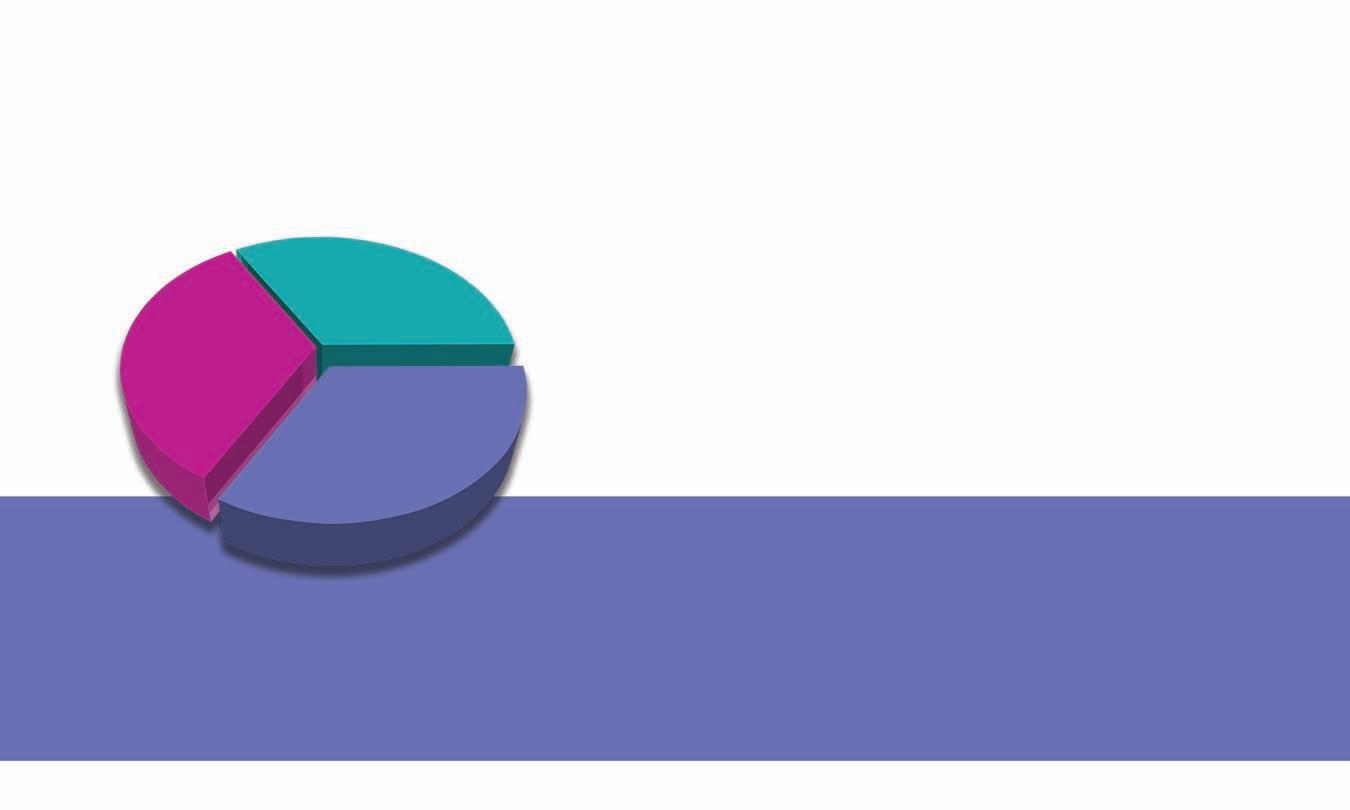
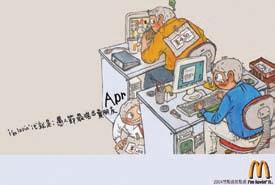
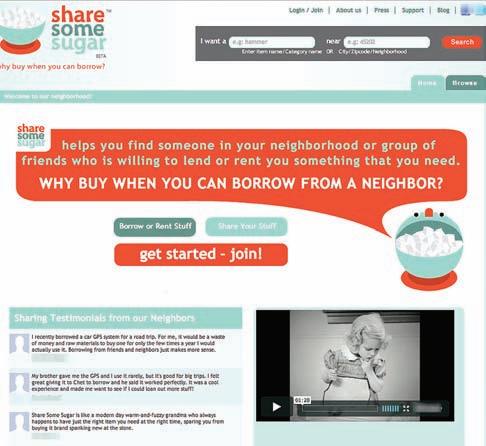
Net Profit

Social media platforms offer new ways to recycle. Numerous sharing sites like SnapGoods, NeighborGoods.com, and ShareSomeSugar base their business models around allowing people to share, exchange, and rent goods in a local setting In fact, some research indicates that people who par ticipate in these sites also benefit because they feel they are par t of a community One study found that when people post messages on Twitter (also par t of a community), this releases oxytocin, a neurotransmitter that evokes feelings of contentment and is thought to help induce a sense of positive social bonding The researcher obser ved that this interaction “reduces stress hormones, even through the Web. You’re feeling a real physiological relationship to that person, even if they are online.”94
Source: Courtesy of www.sharesomesugar.com.
Consumer Behavior
We’ll explore these ideas with intriguing and current examples as we show how the consumer behavior discipline relates to your daily life. Throughout the eleventh edition, you’ll find up-to-the-minute discussions of topics such as red markets, Phantom Vibration Syndrome, sexting, bromances, helicopter moms, cosplay, the sheconomy, and headbanging rituals. If you can’t identify all of these terms, I can suggest a textbook that you should read immediately!
Going Global
The American experience is important, but it’s far from the whole story. This book also considers the many other consumers around the world whose diverse experiences with buying, having, and being we must understand. That’s why you’ll find numerous examples of marketing and consumer practices relating to consumers and companies outside the United States throughout the book. If we didn’t know it before the tragic events of September 11, 2001, we certainly know it now: Americans also are global citizens, and it’s vital that we all appreciate others’ perspectives.
Digital Consumer Behavior: A Virtual Community
As more of us go online every day, there’s no doubt the world is changing—and consumer behavior evolves faster than you can say “the Web.” The eleventh edition continues to highlight and celebrate the brave new world of digital consumer behavior. Today, consumers and producers come together electronically in ways we have never known before. Rapid transmission of information alters the speed at which new trends develop and the direction in which they travel, especially because the virtual world lets consumers participate in the creation and dissemination of new products.
One of the most exciting aspects of the new digital world is that consumers can interact directly with other people who live around the block or around the world. As a result, we need to radically redefine the meaning of community. It’s no longer enough to acknowledge that consumers like to talk to each other about products. Now we share opinions and get the buzz about new movies, CDs, cars, clothes—you name it—in electronic communities that may include a housewife in Alabama, a disabled senior citizen in Alaska, or a teen loaded with body piercings in Amsterdam. And many of us meet up in computer-mediated environments (CMEs) such as Facebook, Twitter, and Foursquare. I’m totally fascinated by what goes on in virtual worlds, and you’ll see a lot of material in this edition that relates to these emerging consumer playgrounds.
We have just begun to explore the ramifications for consumer behavior when a Web surfer can project her own picture onto a Web site to get a virtual makeover or a corporate purchasing agent can solicit bids for a new piece of equipment from vendors around the world in minutes. These new ways of interacting in the marketplace create bountiful opportunities for businesspeople and consumers alike. You will find illustrations of the changing digital world sprinkled liberally throughout this edition. In addition, each chapter features boxes that I call Net Profit, which point to specific examples of the Internet’s potential to improve the way we conduct business.
jockey for posito secure a bargain?
vernment regulators, and concerned inenemies We think of individuals as raobtain products and services that their families and their society.
But is the digital world always a rosy place? Unfortunately, just as in the “real world,” the answer is no. The potential to exploit consumers, whether by invading their privacy, preying on the curiosity of children, or simply providing false product information, is always there. That’s why you’ll also find boxes called The Tangled Web that point out some of the abuses of this fascinating new medium. Still, I can’t imagine a world without the Web, and I hope you’ll enjoy the ways it’s changing our field. When it comes to the new virtual world of consumer behavior, you’re either on the train or under it.
Consumer Research Is a Big Tent: The Importance of a Balanced Perspective
Like most of you who will read this book, the field of consumer behavior is young, dynamic, and in flux. It is constantly cross-fertilized by perspectives from many different disciplines: The field is a big tent that invites many diverse views to enter. I try to express the field’s staggering diversity in these pages. Consumer researchers represent virtually every social science discipline, plus a few from the physical sciences and the arts for good measure. From this blending of disciplines comes a dynamic and complex research perspective, including viewpoints regarding appropriate research methods, and even deeply held beliefs about what are and what are not appropriate issues for consumer researchers to study in the first place.
The book also emphasizes how strategically vital it is to understand consumers. Many (if not most) of the fundamental concepts in marketing emanate from a manager’s ability to know people. After all, if we don’t understand why people behave as they do, how can we identify their needs? If we can’t identify their needs, how can we satisfy their needs? If we can’t satisfy people’s needs, we don’t have a marketing concept, so we might as well fold up our big tent and go home!
To illustrate the potential of consumer research to inform marketing strategy, the text contains numerous examples of specific applications of consumer behavior concepts by marketing practitioners, as well as examples of windows of opportunity where we could use these concepts (perhaps by alert strategists after they take this course!). The Marketing Opportunity boxes you’ll find in each chapter highlight the fascinating ways in which marketing practitioners translate the wisdom they glean from consumer research into actual business activities.
The Good, the Bad, and the Ugly
A strategic focus is great, but this book doesn’t assume that everything marketers do is in the best interests of consumers or of their environment. Likewise, as consumers we do many things that are not so positive, either. We suffer from addictions, status envy, ethnocentrism, racism, sexism, and many other -isms. Regrettably, there are times when marketing activities—deliberately or not—encourage or exploit these human flaws. This book deals with the totality of consumer behavior, warts and all. We’ll highlight marketing mistakes or ethically suspect activities in boxes that I call Marketing Pitfall
On a more cheerful note, marketers create wonderful (or at least unusual) things, such as holidays, comic books, Krispy Kreme donuts, nu-jazz music, Webkinz, and the many stylistic options that beckon to us in the domains of clothing, home design, the arts, and cuisine. I also take pains to acknowledge the sizable impact of marketing on popular culture. Indeed, the final section of this book captures very recent work in the field that

Marketing Oppor tunity

Successful companies stand that needs are a moving target. No organization—no matter how renowned for its marketing prowess—can afford to rest on its laurels. Ever yone needs to keep innovating to stay ahead of changing customers and the marketplace. is a great example. No one (not like Audi or Mercedes-Benz) would the German automaker knows a good car (though they may not agree with the company’s claim to be “the ultimate driving machine”). Still, BMW’s engineers and designers know they have to under stand how drivers’ needs will change in the future—even those loyal owners who love the cars they own today The company is highly sensitive to such key trends as:
10 SECTION 1 Foundations of Consumer Beha

Marketers have to understand the wants and needs of different consumer segments.
● A desire for environmentally friendly products
● Increasingly congested roadways and the movement by some cities such as London to impose fees on vehicles in central areas
● New business models that encourage consumers to rent products only while they need them rather than buying them outright
BMW’s response: The company committed more than $1 billion to develop electric models like its new i3 commuter car and i8 spor ts car These futuristic-looking vehicles are largely made from lightweight carbon fiber to maximize the distance they can go between batter y charges, and 25 percent of the interior plastic comes renewable raw materials.
Marketing Pitfall
star ted a car-sharing ser vice it calls DriveNow: Drivers chip in their licenses to hire wherever they are when they no longer need it. That’s forward thinking 3

BMW anticipated changes in consumer behavior as it develops electric car models like the i8 that satisfy dual desires for style and environmental responsibility
Source: BMW of North America, LLC.

Why should managers, advertiser about consumer behavior? Ver y simply, that you (hopefully) remember fr exist to satisfy needs. Marketers stand the people or organizations That’s why we study consumer beha Consumers How O sumers we about for your attention. This change market segments and to develop specialized As we’ll see late r, building lo sometimes companies define customers or heavy users cent of users account for in some cases even this lopsided reported that only 2.5 percent of average packaged-goods brand. Iams pet food spend $93 a year who account for 80 percent of B 1,364 brands the researchers studied, 10 percent that accounted for 80 a general rule of thumb. Aside from heavy usage of a pr larger market. As we’ve already s able aspects of a population, such Census Bureau is a major source vate firms gather additional data on
groups and to gards ethnic consumers tions to new menu market. For example preferences they Geography Many national ent parts of the others scratching a negative term based firm that bars, nightclubs
Lifestyles

Consumers also acteristics such the things we like products will push developed its heartburn a lifestyle analysi likely to get heartburn P&G executive eats. We know Marketers kets as never b lationships between subscribe to this regular basis and time A focus on we’ve recently friends for support! Marketing Oppor tunity the fast-food industr y, heavy user (no pun intended) accounts for only one of five customers but for about 60 percent of all visits to fast-food restaurants. Taco Bell developed the Chalupa, a deep-fried and higher-calorie version of its Gordita stuffed taco, to appeal to its heavy users. The Checkers burger chain describes its core customer as a single male under age 30 who has a working-class job, loves loud music, doesn’t read much, and hangs out with friends.12 To attract the same customer, Hardee’s unveiled its Monster Thickburger that weighs in at 1,418 calories—comedian Jay Leno joked that the burger comes in a cardboard box shaped like a coffin.13 Finally, Burger King aims a lot of its promotions (including its weird but popular King character) to its “Super Fans”—mostly young men who pop into fast-food restaurants 16 times a month on average.14
CB AS I SEE IT
scrutinizes, criticizes, and sometimes celebrates consumers in their everyday worlds. I hope you will enjoy reading about such wonderful things as much as I enjoyed writing about them. Welcome to the fascinating world of consumer behavior!
Consumer Behavior in the Trenches

Professor Gavan Fitzsimmons, Duke University
unaware of, and consumers even engage in behavior that they are not conscious of (e.g consider many habitual behaviors). These nonconscious processes are often adaptive and helpful for the consumer but can also at times be detrimental.
For many years consumer researchers have thought of the consumer largely as a conscious, thinking machine. Consumers consider what is impor tant to them, evaluate choice options on those alternatives on those dimensions, and make a decision. Recently, however, a growing group of consumer researchers has star ted to revisit an old idea that had been largely considered debunked: namely that much of what goes on in the life of a consumer occurs outside of his or her conscious awareness. The idea that consumers are influenced outside of their conscious awareness is frightening to many consumers, and has thus received considerable resistance. And yet, the data become more and more clear that consumers are influenced by stimuli they don’t realize they have been exposed to, processes occur in the consumers’ minds they are
One interesting recent example from our own lab involved subliminally exposing consumers to brand logos— in several studies, either an Apple or an IBM logo. Incidental brand exposures occur ever y day (recent estimates range between 3,000 and 10,000 times in a single day for the typical American consumer) and thus we were curious if they could influence consumer behavior in meaningful ways. Apple or IBM logos were flashed on a screen for ver y brief inter vals—from 10 to 50 milliseconds—to mimic this real-world incidental brand exposure. Par ticipants had no conscious experience of seeing a brand, and believed they were only seeing a box on the left or right of the screen. Our results showed that nonconscious exposure to the Apple logo led consumers to be significantly more creative than consumers similarly exposed to an IBM logo. This incidental brand exposure activated a goal in consumers that they actively pursued until they could satisfy it. Similar studies have shown
dramatic increases in choices of one brand versus another as a result of incidental brand exposure.
The future of research on unconscious consumer behavior is likely to continue to document domains in which the consumer is influenced outside of his or her awareness. Contexts in which consumers find themselves taxed, exhausted, or overwhelmed are all ripe for unconscious influence, which sadly have become the default rather than the exception for most consumers. Some of the most interesting questions remaining deal with exactly how nonconscious processes work, and when they may be adaptive versus harmful. If helpful, how can consumers, firms, and public policymakers embrace and encourage them? For example, many consumers might like to be more creative, or faster for example, and thus might strategically surround themselves with Apple or Speedo logos. Over time, exposure to these logos will become incidental and they may find themselves increasingly creative or faster. If such exposures are harmful, what can these groups do to minimize their effects? Preliminar y evidence suggests that warnings preceding exposure can, at least in par t, dampen these nonconscious effects.
this time you paid a small fortune for the ticket. Would you head out in the storm in this case?
Analyses of people’s responses to this situation and to other similar puzzles illustrate principles of mental accounting This means that the way we pose a problem and whether it ’s phrased in terms of gains or losses influences our decisions 94 In this case, researchers find that people are more likely to risk their personal safety in the storm if they paid for the football ticket than if it’s a freebie Only the most die-hard fan would fail to recognize that this is an irrational choice, because the risk is the same regardless of whether you got a great deal on the ticket. Researchers call this decisionmaking bias the sunk-cost fallac y: If we’ve paid for something, we’re more reluctant to waste it
SECTION 1 NIELSEN NUGGET
I
n a unique par tnership with The Nielsen Company, you have access to data-driven exercises that allow you to analyze actual data gathered by one of the world’s leading consumer research organizations. For nearly a centur y, Nielsen has enabled organizations in various industries to make strategic decisions based on information it gathers through evolving research methodologies. Nielsen helps media companies better understand viewers listeners, and the industr y as a whole by providing insights for audience measurement, adver tising effectiveness, and overall marketing performance and cross-platform strategies. Nielsen’s broad range of consumer packaged goods (CPG) analytics and consulting ser vices are specifically designed for and with, top CPG manufacturers and retailers, to ensure that they have the most accurate view of the consumer and the marketplace. Spanning 80 countries across five continents, Nielsen maintains its leadership position by providing customized solutions based on local marketing research. Scenario:
2
I’m a huge believer in the value of up-to-date information. Our field changes so rapidly that often yesterday’s news is no news at all. True, there are “timeless” studies that demonstrate basic consumer behavior constructs as well today as they did 20 years ago or more (I may even have authored some of them!). Still, I feel a real obligation to present students and their professors with a current view of research, popular culture, and marketing activities whenever I can. For this reason, each time I start to contemplate my next edition, I write to colleagues to ask for copies of papers they have in press that they believe will be important in the future. Their cooperation with my request allows me to include a lot of fresh research examples; in some cases, these articles will not yet have been published when this book comes out.
I’ve also taken this initiative to the next level with a feature I call CB As I See It. In every chapter you’ll find a “flesh-andblood” consumer behavior professor who shares his or her perspective as a leading researcher in a particular area of specialization about an appropriate topic. I’ve let these esteemed colleagues largely speak for themselves, so now students can benefit from other voices who chime in on relevant research issues.
Nielsen Nuggets
The folks at Nielsen, a leading global provider of consumer and market research, have partnered with us to provide you with actual data the company obtained from recent consumer surveys. Each exercise contains Nielsen data and some suggestions about how to use it to come up with answers to specific marketing questions. Your challenge is to make sense of what the numbers tell us about how people actually consume.

